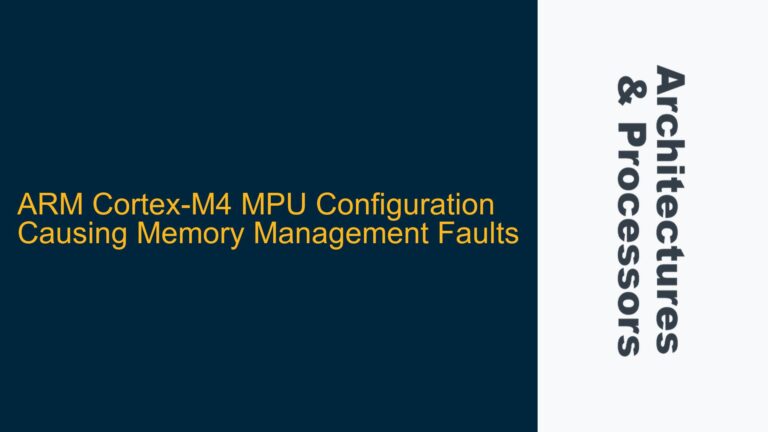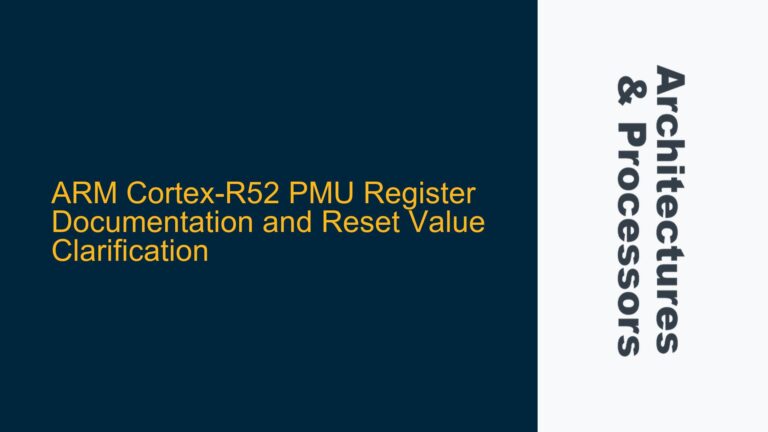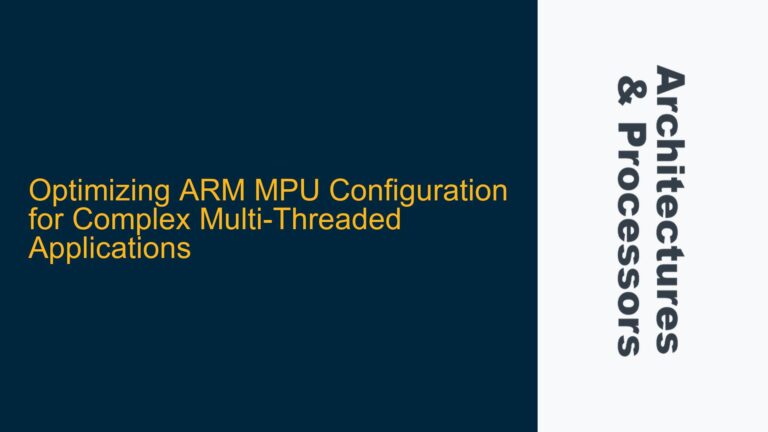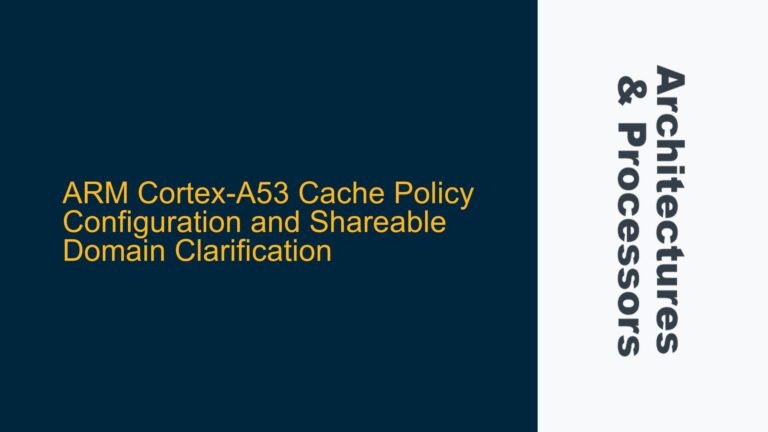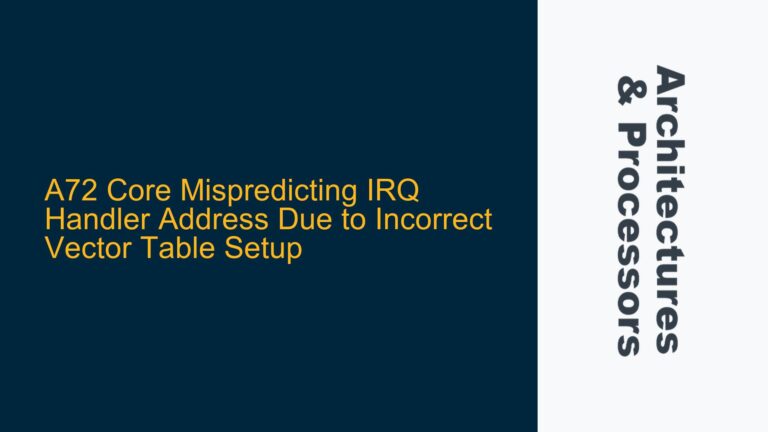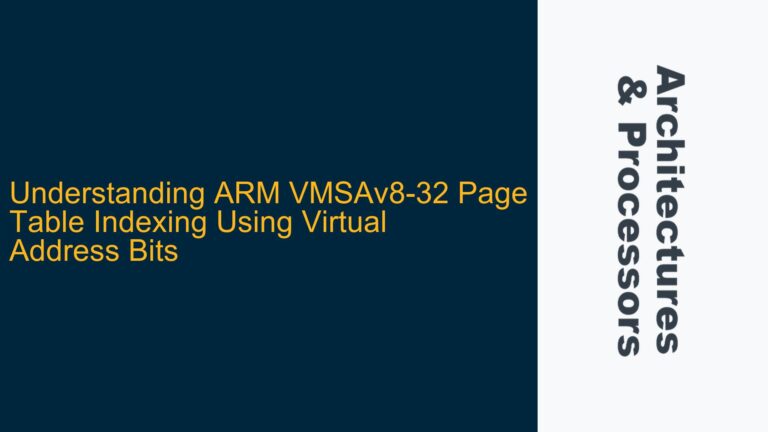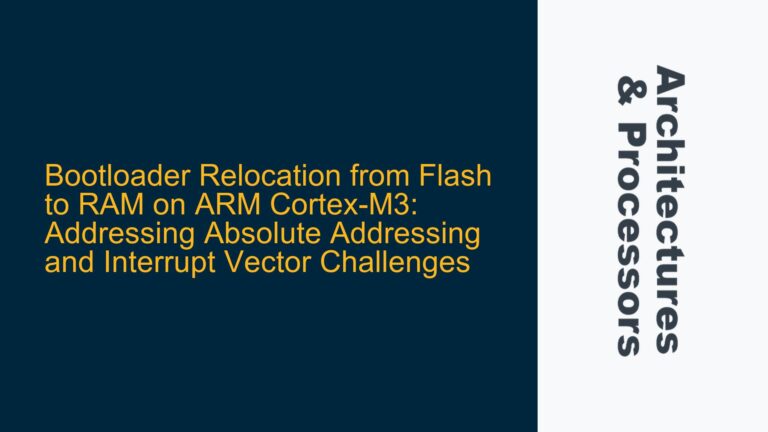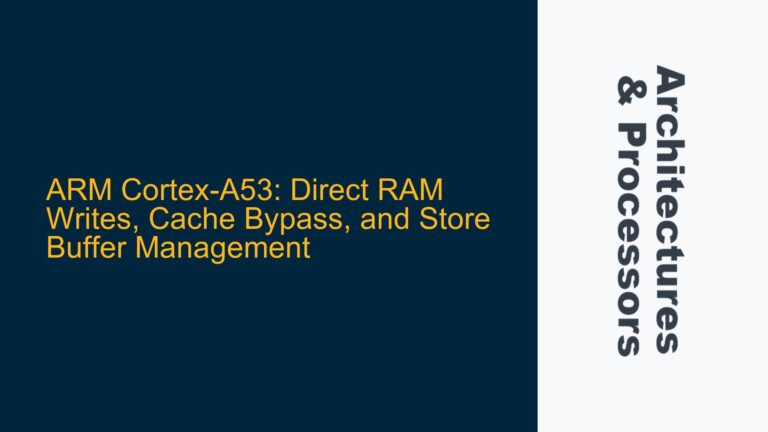ARM Cortex-M4 MPU Configuration Causing Memory Management Faults
ARM Cortex-M4 MPU Configuration Causing Memory Management Faults Memory Management Fault Triggered by IACCVIOL Bit Set When enabling the Memory Protection Unit (MPU) on an ARM Cortex-M4 processor, such as the one found in the STM32F4 microcontroller family, a common issue arises where a Memory Management Fault is triggered. This fault is often indicated by…
